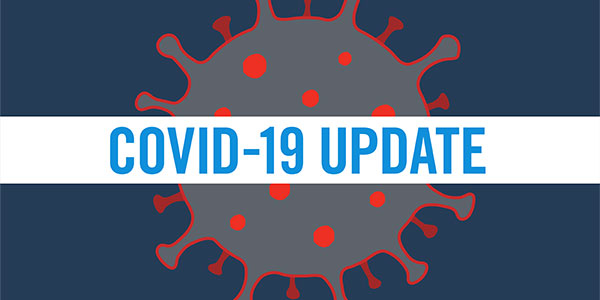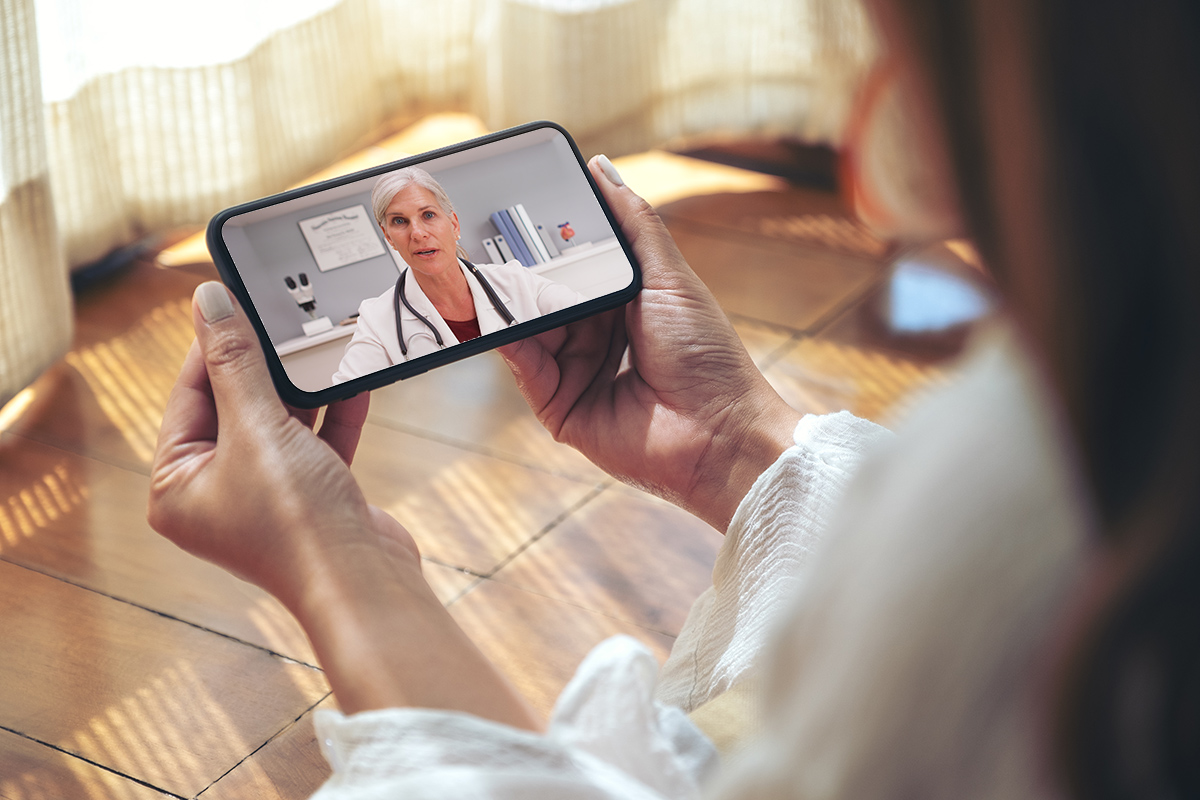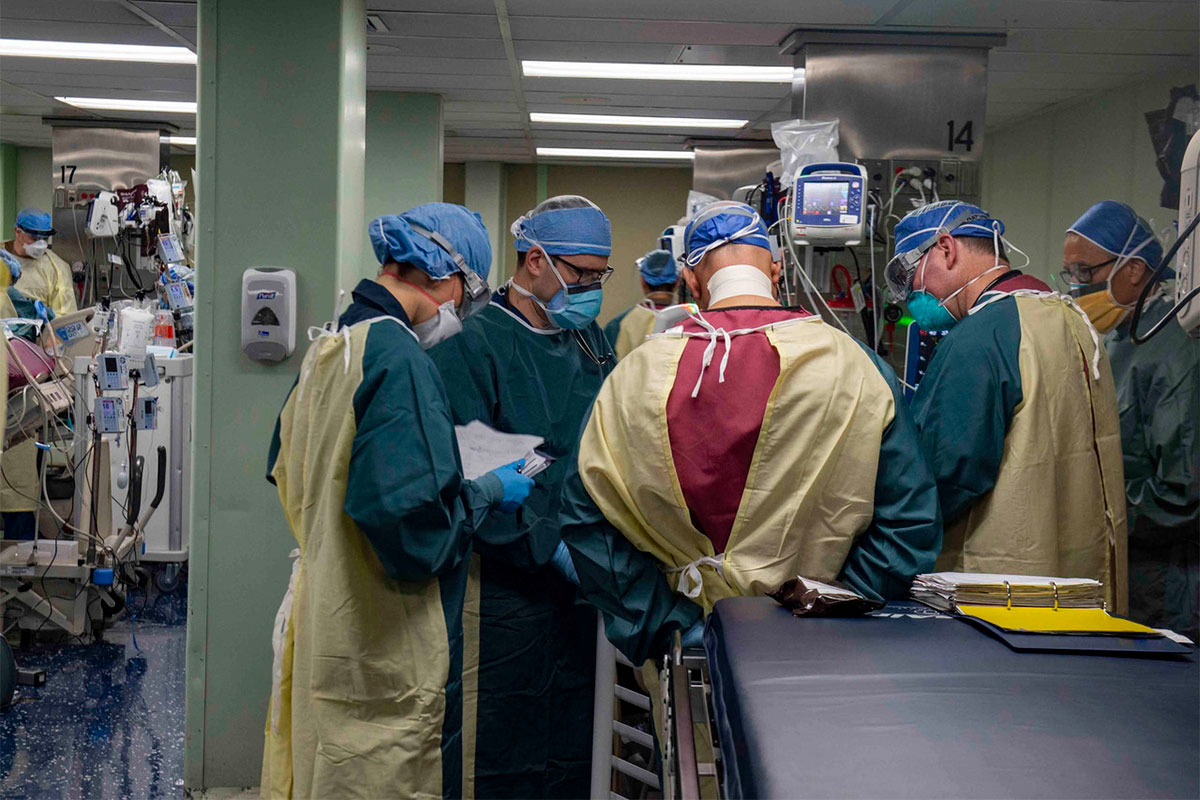COVID-19: A Call for Innovation and Leadership in Healthcare

Across the continuum of care during COVID-19 pandemic, what has changed is not so much the direction of healthcare evolution, but its speed.
For the next decade, we will all be carried along on a jet stream of change. Those who innovate and lead—moving their organizations forward as the landscape continues to change—will succeed, while those unable to do so will be left behind.
Ask yourself a simple question: Will the practice of good medicine in 2030 look the same as good medicine in 2020?
Before the pandemic, we saw the confluence of a shortage of primary care physicians, the increasing scope of practice for allied health professionals, the widespread availability of retail healthcare and telemedicine, and a massive generational shift in the demographics of the medical profession.
There will be no unringing this bell. For example:

- The pandemic has forced a growing majority of practices to offer telemedicine services. A study released by the American Medical Association (AMA) in February 2020, just before the pandemic hit the U.S. hard, revealed that telemedicine visits with physicians had already doubled from 2016 to 2019.1 With COVID-19, the number of patients reporting virtual healthcare visits leapt from 12 to 27 percent in less than three months, between late March and mid-May.2
- As baby boomer physicians retire and medical students choose other specialties,3 a shortage of primary care physicians4 was already looming. Now, some primary care physicians have had to lay off staff or close their practices—We've seen nonemergency providers and specialties not related to COVID-19 suffer massive economic losses. Unsurprisingly, some primary care physicians are considering other professional options.5
- The increasing scope of practice for allied health professionals was an established trend—now dramatically accelerated by the crush of events. We can expect this to continue for nurse practitioners, physician assistants, and others. They will help to fill gaps in primary care, while primary care physicians can expect to practice6 at the top of their license more of the time.

The good news is we already possess much of the information we need to make adaptive decisions to protect patients, healthcare professionals, and organizations that serve the medical profession.
However, healthcare professionals must seize this moment to show true innovation and to move forward.
True innovation has at least two stages: The first is generating novel and useful ideas and the second is applying those ideas. Unless you apply and scale the idea, it's just an idea. It's not an innovation.
For example, researchers in California7 are studying data from massive pools of volunteers who have offered their smart watch and smart ring information. The goal is to spot geographic clusters of people showing small boosts in heart rate, temperature, and so on—in an attempt to predict the next cluster of COVID-19 cases before people even know they're sick.
But it's one thing to think this is possible, and another to actually do it. That's the gap between idea and innovation.
This pivot from idea to application at scale calls for leaders to reflect on how their style suits the moment. Most leaders have a clear style of leadership, but good leaders also know that one style cannot be expected to cover all situations.

Individuals who perform well in one job or one decade may not do well in new leadership roles under different circumstances: Effective leaders must understand what is required at that particular time, not just what is comfortable.
The new normal will evolve in the context of a decade that was already headed for extraordinarily rapid change. With a mindset of openness to opportunity and a willingness to accept new challenges, we can meet the demands for great healthcare.
After all, pressed by COVID-19's cascade of emergencies, many healthcare and healthcare-supporting organizations have assembled people, equipment, and processes that we would not have imagined possible even a few months ago.
At the same time, the COVID-19 crisis casts a harsh light on some areas of healthcare that have fallen dramatically short of the nation's needs.
It is our collective responsibility to innovate to advance the practice of good medicine.
References
- Physicians' motivations and requirements for adopting digital health: Adoption and attitudinal shifts from 2016 to 2019. American Medical Association. Published February 2020.
- Brenan M. Use of low-contact commerce climbs in U.S. during pandemic. Gallup. Published on May 26, 2020.
- Knight V. American medical students less likely to choose to become primary care doctors. Kaiser Health News. Published July 3, 2019.
- Japsen B. U.S. doctor shortage could hit 139,000 by 2033. Forbes. Published June 26, 2020.
- Rovner J. Rapid changes to health system spurred by COVID might be here to stay. Kaiser Health News. Published June 8, 2020.
- Aguilera E. Facing doctor shortage, will California give nurse practitioners more authority to treat patients? Cal Matters. Published February 13, 2020.
- Brodwin E. "We're racing against the clock": Researchers test wearables as an early warning system for Covid-19. STAT. Published March 26, 2020.
